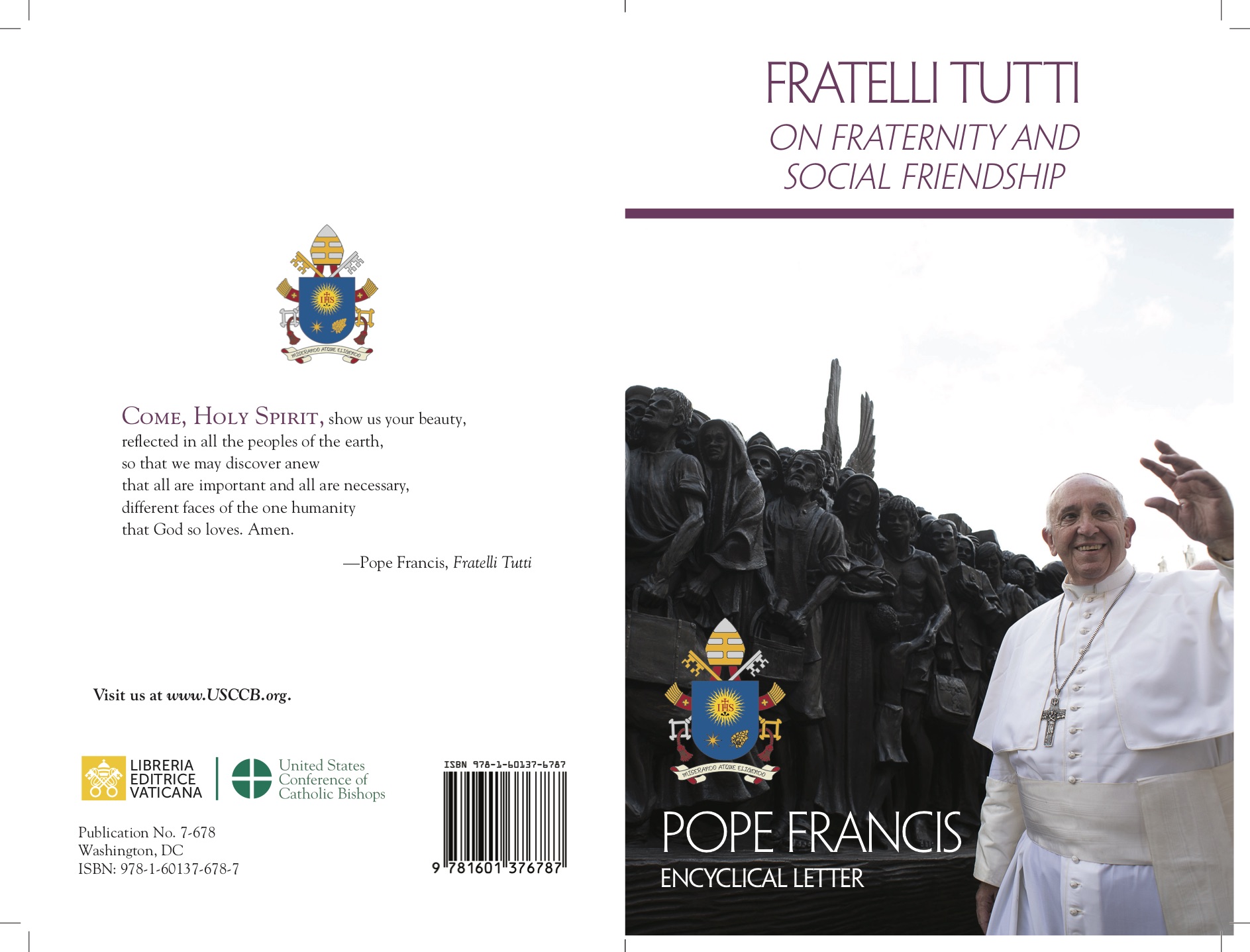
In the period immediately following the Great War, two religious families emerged in Italy, both of which, even in their names, emphasized the idea of industriousness and declared their mission to focus specifically on actions aimed at the working classes. These were the Pious Workers of St. Joseph, founded by Sister Maria Tribbioli (1879–1965), and the Franciscan Tertiaries of Divine Providence, later known as the Pious Workers, founded by Sister Maria Lilia Mastacchini (1892–1926).
Today, there are around twenty female congregations and pious unions that appear to draw inspiration from the model of life in Nazareth, as suggested by the use of the term (or adjective) operaia (worker). The majority of these groups were founded in the first half of the 20th century in Latin cultural regions and, overall, have remained relatively small in scope. However, with the exception of the Sisters of Botticino, none of these congregations directly references work in factories or labor-related apostolates. Instead, they focus on actions aimed at the most disadvantaged or at-risk segments of society, who face harsh living conditions for survival. In other cases, the term operaia seems to suggest a type of apostolate deliberately designed to share in the humble and industrious lives of the common people.
In this context, what seems to characterize the two institutes analyzed here is that, in their early stages, they demonstrated a commitment to productive labor as well as, more broadly, to standing “alongside the proletariat.” These two religious families also share a complex origin during the years of the Great War and its immediate aftermath—a foundation that appears to stem both from a sense of discomfort with the established paths of religious life and from a desire to offer broader support to the needs of the working classes than what was traditionally provided by the Church.
Both were also connected to the flourishing of the Franciscan Third Order, which became a privileged avenue for the development of an engagée religiosity starting in the late 19th century. Notable adherents to this movement include Vincenza Gerosa, Giovanni Bosco, Giuseppe Toniolo, Giuseppe Tovini, and Léon Harmel, as well as the remarkable alignment of seven consecutive popes, from Pius IX to John XXIII.
It was Pope Leo XIII, Pope Pecci, who gave an extraordinary impetus to the diffusion and reorganization of the Franciscan Third Order. In May 1883, he issued a new rule for the secular order through the apostolic constitution Misericors Dei Filius. The pope believed that the Third Order could serve as a structure to gather the most committed faithful in the effort to achieve the Christian restoration of society, people willing to “become the cornerstone of the great Christian social edifice”, according to a vision that would later culminate in Rerum Novarum. In the context of opposing but also responding to modernity, the Third Order was envisioned to “restore souls to liberty, fraternity, and equality—not as absurdly imagined by the Masonic sect, but as Jesus Christ brought to the world, and Francis revived in it”. This period marked the beginning of an era characterized by significant national and international congresses, fostering extensive discussions about the overall direction of this renewal. At the same time, it led to a flourishing of new congregations, particularly in the female sphere, extending through the post–World War I period and beyond.
In both religious families, the cult of Saint Joseph played a significant role, particularly as it experienced substantial growth between the 19th and 20th centuries. Initially rooted in intercessory devotion, this cult gradually became politicized—first in connection with the dogma of the Immaculate Conception and later in a social context. Within this broader evolution, Saint Joseph came to be venerated as a model of commitment to manual labor, humble service to the needs of the people, and deep religiosity.
Where the paths of the two congregations diverged sharply, however, was in their relationship with the clergy and ecclesiastical authorities. Reluctant to approve female religious action explicitly directed toward the working class, the men and institutions of the Church displayed markedly different attitudes toward the two founders and the development of their activities.
By Liviana Gazzetta
The nuns’ factory
In the collective imagination, female religious institutes engaged in active life are often associated exclusively with caregiving works. However, there are many congregations that have been involved in labor. Through five case studies—The Workers of the Holy House of Nazareth, The Apostoline of Novara, The Little Sisters of Charles de Foucauld, The Ursulines, and The Pious Workers of St. Joseph—the book La fabbrica delle suore (The Nuns’ Factory), edited by Valentina Ciciliot and Liviana Gazzetta (Edizioni di Storia e Letteratura), examines how certain institutes in the 19th and 20th centuries embraced labor as a human activity aimed at producing goods of economic value. It also explores how their management of these efforts became part of a broader apostolate directed toward the capitalist labor world. Below is an excerpt from the chapter Vivendo e lavorando in mezzo al popolo, [Living and Working Among the People] by Liviana Gazzetta.




 Purchase the Encyclical here Fratelli Tutti
Purchase the Encyclical here Fratelli Tutti